The transmission speed sensor of a vehicle monitors the vehicle’s speed and adjusts the functional parameters of the engine. If you want to fix or replace the sensor, it is necessary to know where is the transmission speed sensor located.
Generally, you will find the transmission speed sensor near the engine and the transmission’s output.
If the sensor is having issues and not working properly, you have to locate it and repair it with the proper techniques mentioned in this article.
This article can be a complete guideline for you to find the transmission speed sensor and test it. Besides, the symptoms of a bad sensor are also stated here so that you can find out whether you should replace the sensor or not.
Detecting the Transmission Speed Sensor
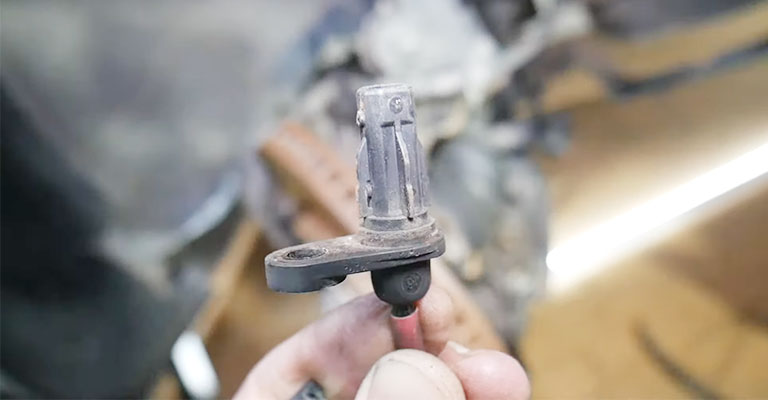
Nowadays, most vehicles come with 2 transmission speed sensors: the input sensor and the output sensor. These are located near the input and the output shaft, respectively. These are two wired devices that produce AC signals.
The transmission speed sensors give information about the rotation speed of the input and output shaft. Besides, we can also know the transmission gear ratio and the error in the speed ratio.
These sensors are located near the transmission case and transmission output. You will notice them attached to the left side of the case. So, if you are wondering where is the automatic transmission speed sensor located, you should check the transmission output shaft of your vehicle engine.
The transmission speed module collects the input and output speed signals from these sensors. This module compares both the signals and gives output as the vehicle’s speed, gear ratio, and speed signal errors.
So, the transmission speed sensors act as an input for the module. The certain location of the sensors allows them to monitor the speed of your vehicle continuously.
Besides, detecting the speed, gear ratio, and shaft rotation become easier because of the placement of these sensors near the transmission output.
Testing the Transmission Speed Sensor
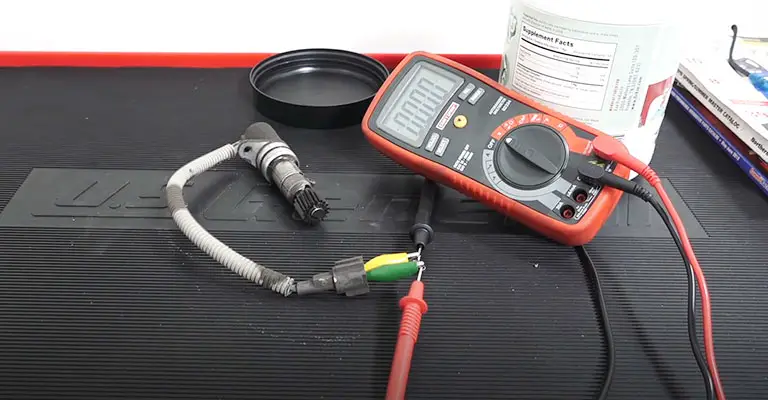
Suppose your vehicle is acting a little weird and having issues with speed control. There can be several reasons behind it. But what if the transmission speed sensor is the real culprit?
You should take a proper look at the speed sensors along with the module. If you want to find out whether the sensor of your vehicle is faulty or not, it is essential to test it properly.
Here we have discussed a detailed procedure for testing your transmission speed sensors. Make sure to organize all your necessary gear and arrange a broad workspace for the test process.
Essential Tools
For testing the transmission speed sensor of your vehicle, you will need the following gears and tools.
- Wrench
- Screwdriver
- Mechanical Gloves
- Safety Glasses
- Pliers
- Multimeter
Procedures
Step 1 – Scanning Engine Trouble Codes
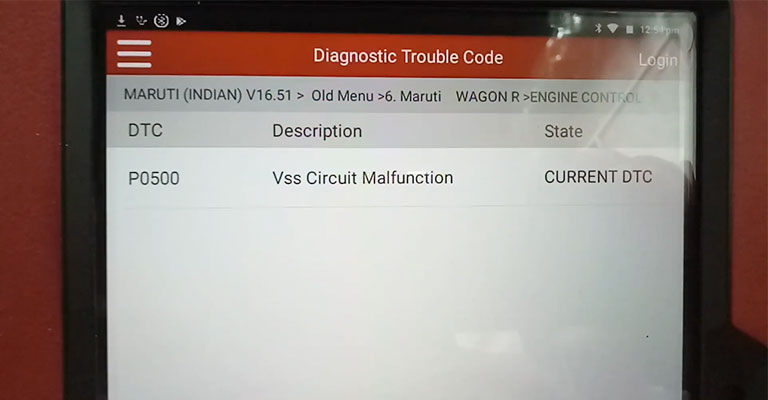
First, you should know the running condition of your vehicle before testing the transmission speed sensors. Use an OBD-2 scanner to scan the trouble codes of your vehicle engine.
This scanner will provide you with real-time test data after diagnosing your vehicle and work as a diagnostic testing tool. If your vehicle shows any error code related to the sensor, you need to replace that part. Otherwise, it is necessary to test the sensors physically.
Step 2 – Locating the Sensors
Locate the sensors by opening the front part of your vehicle. To open the part, you can use a socket wrench if necessary. You will find the sensors near the transmission output of your vehicle of the transmission housing.
Near the sensors, you will notice a small amount of engine oil that you need to drain out. Otherwise, it will be a hassle to test the sensors.
Step 3 – Disconnecting the Transmission Speed Sensors
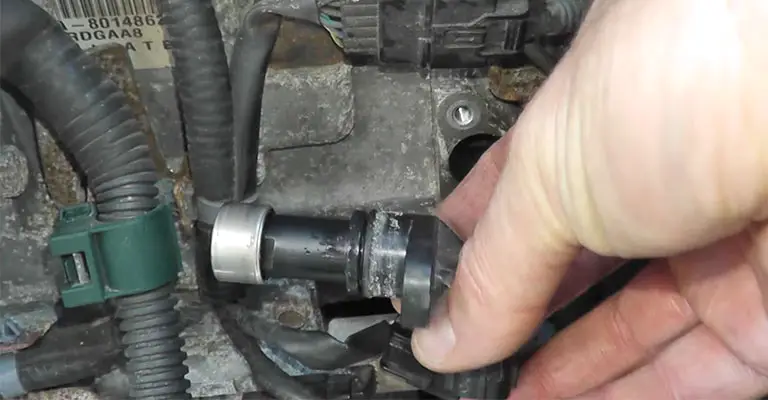
After removing the excess oil, disconnect the sensor from the transmission house and also from the wire coupling of the module.
While disconnecting the sensors, always try to follow the instructions stated in the vehicle because each vehicle has different instructions for replacing and disconnecting different parts.
Step 4 – Checking the Voltage of the Sensors
If you are testing the sensors physically, detecting the voltage is the only way to check them properly. You need to use a multimeter to check the voltage of the sensors.
Connect both the ground wire and the reference wire of the sensor to the probes of the multimeter. Now check if the multimeter has detected any voltage or not. In case the multimeter hasn’t detected any voltage, the sensors are definitely faulty.
Otherwise, the sensors might have other issues that you need to check with the help of an experienced technician.
Symptoms of Transmission Speed Sensor Failure
Your vehicle might have speed control issues and other functional instability due to a bad transmission speed sensor. Dealing with it becomes easier if you can detect a faulty sensor by noticing some common symptoms.
After you notice these symptoms, you can locate the sensors in your vehicle and fix them by following the proper techniques. The most common symptoms of transmission speed sensor failure are stated here.
Check Engine Light Indicator
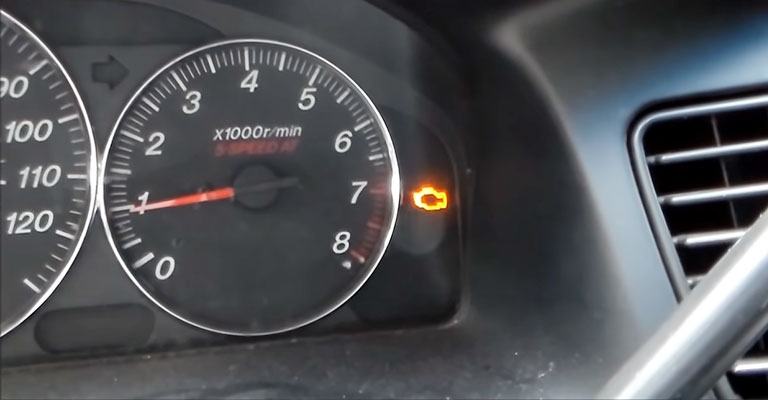
The check engine light is often called a malfunction indicator light, which illuminates depending on the glitches of your vehicle. Often, this light indicates the failure of the transmission speed sensors by flashing continuously.
You can turn off this light by removing the battery terminal for a few seconds. But once you notice this light is flashing, you should immediately check on the speed sensors rather than turning it off.
Cruise Control System Failure
The cruise control system of monitors the speed of a vehicle in an automatic process. If the speed sensors are faulty, the cruise control system is also affected as the input of this system comes from the speed sensors.
Besides, failure of the brake pedal switch can also be a reason why your transmission speed sensor isn’t working properly.
Difficulty While Shifting Gears
When your vehicle contains a faulty transmission speed sensor, you will surely face difficulty while shifting gears. A faulty sensor will damage the components of the transmission housing, which will cause problems in the shift timing of gears.
As a result, your gear will shift too slow or too fast, as the control module would not work properly without the signals coming from the sensors.
How to Fix a Bad Transmission Sensor?
If you notice any of the symptoms mentioned above, it is high time you should fix the transmission speed sensors. Once you have issues with the transmission speed sensors, you have to replace them because these sensors can’t be repaired. A step-by-step guide will help you to replace the sensors.
Step 1 – Lifting Your Vehicle
To locate the transmission speed sensors, you need to lift your vehicle first. Otherwise, it will be too hard to find the sensors in the transmission housing while keeping your vehicle on the ground.
Park your vehicle and secure the wheels so that the tires don’t move while lifting. Now, disconnect the battery and use a jack screw to lift the vehicle. You need to use a floor jack for lifting and jack stands for keeping the vehicle lifted up.
Step 2 – Finding the Transmission Speed Sensors
After lifting your vehicle, slide under it and locate the vehicle’s transmission speed sensors. You will find it near the vehicle engine and transmission housing.
Make sure to locate both the input and output sensors. Now, remove the bolts that mount the sensors with the vehicle. Disconnect the wiring with pliers and screwdrivers. Always use mechanical gloves and protective glasses while removing the sensors.
Step 3 – Replacing the Sensors
Replace the transmission speed sensors by attaching the bolts and connecting the wires. Install the new sensor to the shaft housing of the vehicle.
Now remove the jack stand and lower your vehicle. You should test your vehicle by going on a test drive so that you can check whether the new sensors are working properly or not.
Frequently Asked Questions
- How to change a transmission speed sensor?
Lift your vehicle and locate the sensor near the output shaft housing. Now, disconnect the wires and unscrew the bolts of the faulty sensor. Finally, replace a new sensor and reconnect the wiring system by attaching it to the bolts.
- What causes the transmission speed sensor to become faulty?
The most common reason is using the vehicle for a long time. If you are driving your vehicle regularly, the sensors can fail after a certain time. Besides, damage to the wires near the battery terminals can also cause the failure of the sensor.
- How to detect a bad transmission speed sensor?
The most common symptom of a bad sensor is facing difficulty while changing the gears. You will notice the gear is stuck at a point, and the transmission is not moving to the right gear. Besides, you can also detect a bad sensor by noticing the flashing of the check engine light.
Final Words
To replace a faulty transmission speed sensor, you should know how to locate the sensor in your vehicle. It will also help you to test the sensor and decide whether you should replace it or not.
Hopefully, from this article, you got a clear picture of where is the transmission speed sensor located. Follow the procedures mentioned above to locate, test, and replace the sensor without any hassle.
Leave a Reply